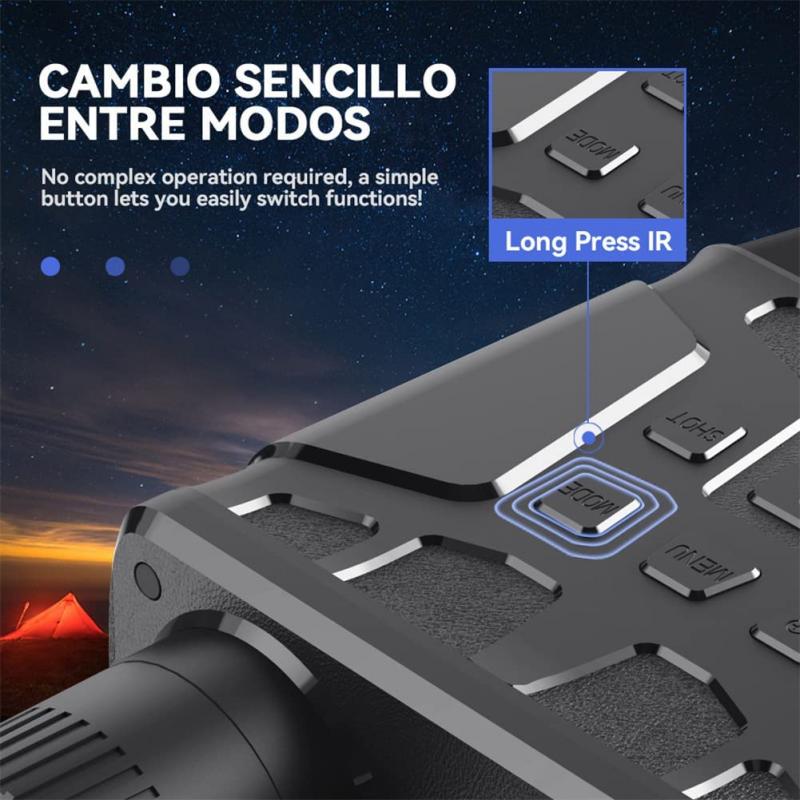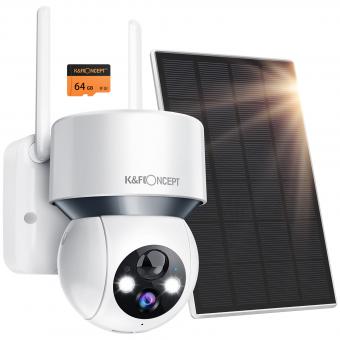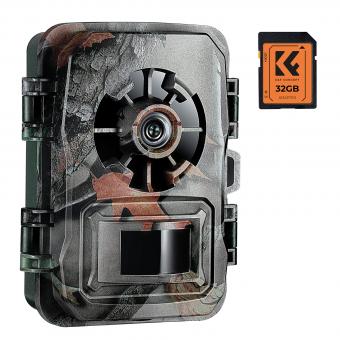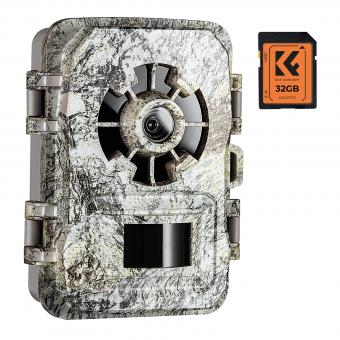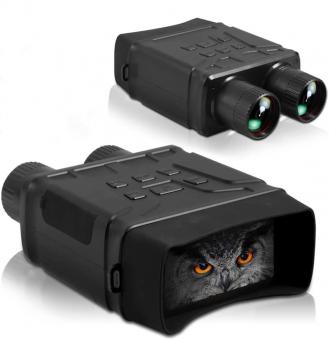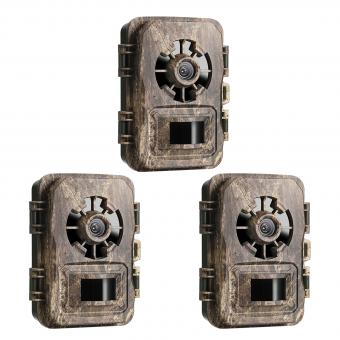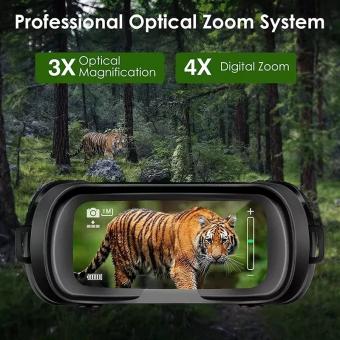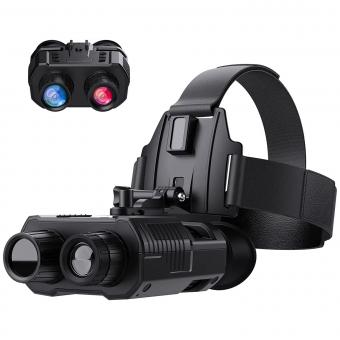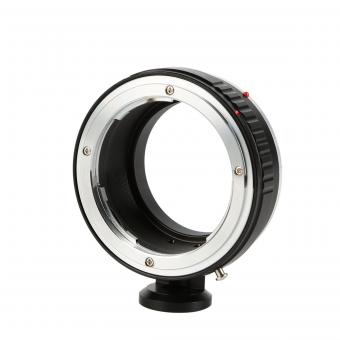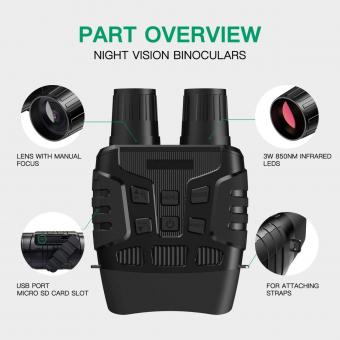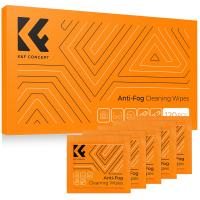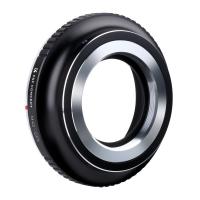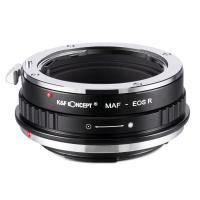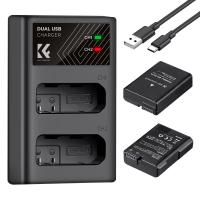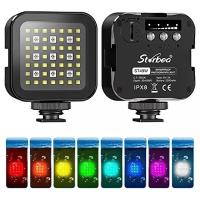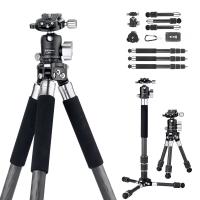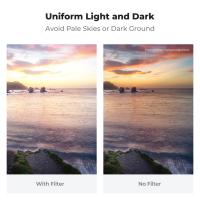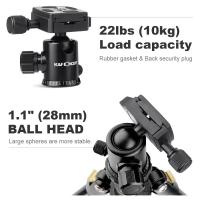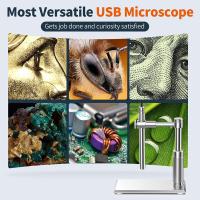What Is Night Vision Binoculars ?
Night vision binoculars are optical devices that are specifically designed to enhance visibility in low-light or nighttime conditions. They use advanced technology to amplify the available light, including infrared light, to provide a clearer and brighter image in the dark. Night vision binoculars typically consist of two eyepieces that allow for binocular vision, providing a more immersive and three-dimensional viewing experience. They are commonly used by military personnel, law enforcement agencies, hunters, and outdoor enthusiasts for various purposes such as surveillance, navigation, wildlife observation, and night-time activities. Night vision binoculars can vary in terms of their generation, with each generation offering improved performance and image quality. They are equipped with image intensifier tubes, which convert the incoming light into electrons and then amplify them to create a visible image. Some advanced models may also include additional features such as built-in infrared illuminators, adjustable focus, and image capture capabilities.
1、 Technology and Functionality of Night Vision Binoculars
Night vision binoculars are optical devices that allow users to see in low-light or dark conditions. They are specifically designed to enhance visibility in situations where the human eye may struggle to see clearly. Night vision binoculars use advanced technology to amplify available light, such as moonlight or starlight, and convert it into a visible image.
The technology behind night vision binoculars involves several key components. The most important component is the image intensifier tube, which is responsible for collecting and amplifying the available light. This tube consists of a photocathode that converts photons into electrons, an amplification stage that increases the number of electrons, and a phosphor screen that converts the electrons back into visible light.
In addition to the image intensifier tube, night vision binoculars also include an objective lens that gathers incoming light, an eyepiece that magnifies the image, and a power source to operate the device. Some advanced models may also feature additional features such as infrared illuminators, which emit infrared light to enhance visibility in complete darkness.
Night vision binoculars have a wide range of applications. They are commonly used by military personnel, law enforcement agencies, and hunters for surveillance, navigation, and target acquisition purposes. They are also popular among outdoor enthusiasts, wildlife observers, and security personnel.
The latest advancements in night vision binocular technology have focused on improving image quality, increasing range, and reducing the size and weight of the devices. Manufacturers have introduced digital night vision binoculars that utilize digital sensors and processors to capture and enhance images. These digital models often offer higher resolution and better image clarity compared to traditional analog night vision binoculars.
In conclusion, night vision binoculars are essential tools that enable users to see clearly in low-light or dark conditions. They utilize advanced technology to amplify available light and convert it into a visible image. With ongoing advancements, night vision binoculars continue to evolve, offering improved functionality and performance for various applications.

2、 Types and Generations of Night Vision Binoculars
Night vision binoculars are optical devices that enhance visibility in low-light conditions, allowing users to see clearly in the dark. They are commonly used by military personnel, law enforcement agencies, hunters, and outdoor enthusiasts.
Night vision binoculars work by collecting and amplifying available light, such as moonlight or starlight, and converting it into a visible image. They use a combination of lenses, image intensifier tubes, and electronic components to achieve this. The image intensifier tube is the key component that amplifies the incoming light, making it possible to see in near-total darkness.
There are several types and generations of night vision binoculars available. The most common types include:
1. Gen 1: These are the most affordable and widely available night vision binoculars. They provide a decent level of visibility in low-light conditions but may have limited range and image quality.
2. Gen 2: These binoculars offer improved performance compared to Gen 1. They have better image resolution, range, and overall clarity. They are often used by professionals who require higher performance.
3. Gen 3: These binoculars are considered top-of-the-line and offer exceptional performance. They provide excellent image quality, extended range, and enhanced low-light capabilities. Gen 3 binoculars are commonly used by military and law enforcement agencies.
In recent years, there have been advancements in night vision technology, leading to the development of Gen 4 binoculars. These binoculars offer even better image quality, increased range, and improved performance in challenging conditions. However, Gen 4 binoculars are still relatively expensive and primarily used by specialized military units.
It is important to note that the use of night vision binoculars may be subject to legal restrictions in some countries. Additionally, the latest point of view on night vision binoculars emphasizes the importance of considering factors such as resolution, range, durability, and ease of use when choosing the right binoculars for specific applications.
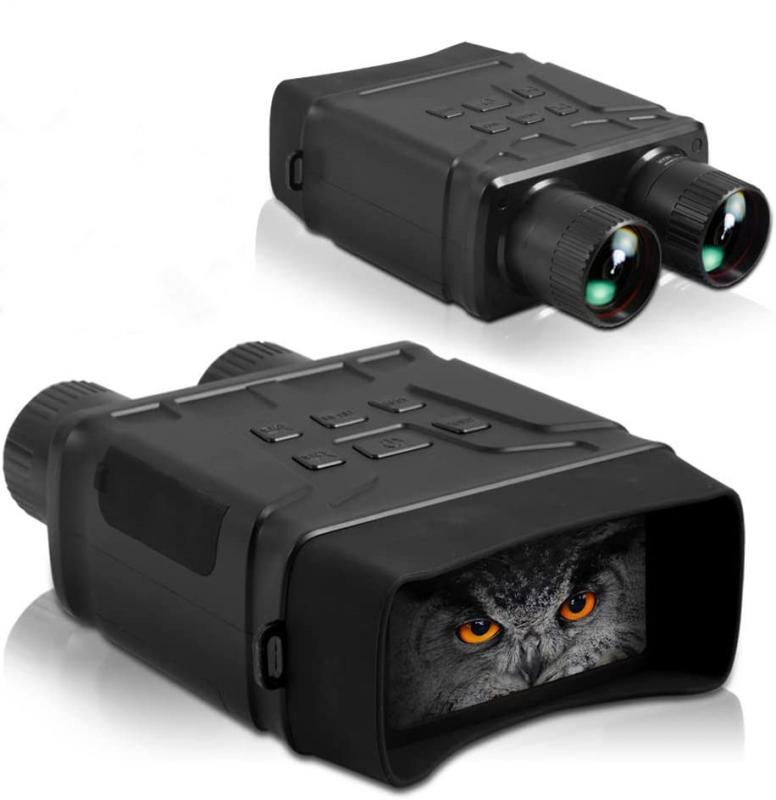
3、 Factors Affecting Night Vision Binocular Performance
Night vision binoculars are optical devices that enhance visibility in low-light conditions, allowing users to see clearly in the dark. They are equipped with image intensifier tubes that amplify the available light, making objects visible even in complete darkness. These binoculars are commonly used by military personnel, law enforcement agencies, hunters, and outdoor enthusiasts.
Factors affecting night vision binocular performance include:
1. Image Intensifier Tube Quality: The quality of the image intensifier tube greatly affects the performance of night vision binoculars. Higher-quality tubes provide better resolution, clarity, and brightness, resulting in a more detailed and clearer image.
2. Magnification and Objective Lens Size: The magnification power and size of the objective lens determine the level of detail and brightness of the image. Higher magnification allows for a closer view of distant objects, but it may reduce the field of view and image brightness.
3. Infrared Illuminator: Many night vision binoculars come with an infrared illuminator, which emits infrared light that is invisible to the human eye but can be detected by the binoculars. The quality and power of the illuminator affect the range and clarity of the night vision.
4. Environmental Conditions: The ambient light conditions, such as moonlight or starlight, affect the performance of night vision binoculars. Clear skies and a full moon provide more natural light, resulting in better visibility. However, heavy cloud cover or complete darkness can limit the effectiveness of the binoculars.
5. User Experience and Training: The user's familiarity with the binoculars and their ability to adjust settings, such as focus and gain, can significantly impact performance. Proper training and experience can help users optimize the capabilities of the binoculars.
The latest point of view on night vision binoculars focuses on advancements in technology. With the development of digital night vision, binoculars now offer improved image quality, longer battery life, and the ability to record and share images and videos. Additionally, thermal imaging technology has been integrated into some binoculars, allowing users to detect heat signatures and see through obstacles like fog or smoke. These advancements have expanded the applications of night vision binoculars and made them more accessible to a wider range of users.
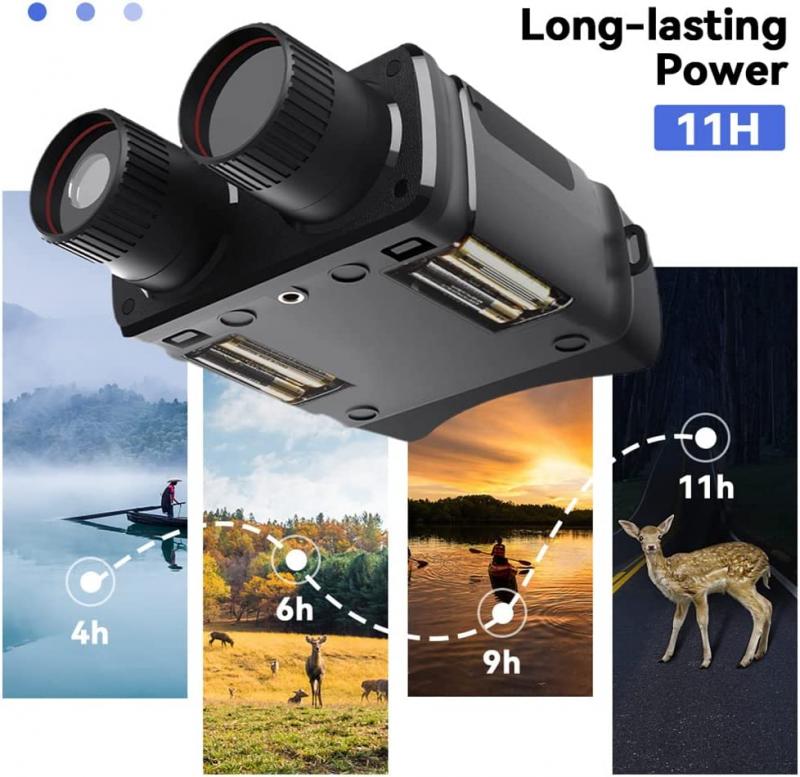
4、 Applications and Uses of Night Vision Binoculars
Night vision binoculars are optical devices that allow users to see in low-light or dark conditions. They use advanced technology to amplify the available light, including infrared light, to provide a clear and detailed image of the surroundings. These binoculars are commonly used by military personnel, law enforcement agencies, hunters, wildlife enthusiasts, and outdoor adventurers.
The primary application of night vision binoculars is in military operations. They provide soldiers with enhanced visibility during nighttime missions, allowing them to navigate through dark environments, detect potential threats, and gather intelligence. Night vision binoculars are also used by law enforcement agencies for surveillance, search and rescue operations, and tactical purposes.
In addition to military and law enforcement applications, night vision binoculars have become popular among hunters. They enable hunters to track and locate game in low-light conditions, giving them a significant advantage. Wildlife enthusiasts also use these binoculars for observing nocturnal animals in their natural habitats.
Night vision binoculars have evolved over the years, with advancements in technology improving their performance and capabilities. The latest models often feature digital imaging technology, which provides higher resolution and better image quality. Some binoculars also incorporate thermal imaging, allowing users to detect heat signatures and see through obstacles like foliage or fog.
Moreover, night vision binoculars have found applications beyond the traditional fields. They are increasingly used for recreational activities such as camping, hiking, and birdwatching, where low-light conditions may limit visibility. Additionally, night vision binoculars are utilized in the security industry for surveillance purposes, ensuring the safety of properties and assets.
In conclusion, night vision binoculars are versatile optical devices that have a wide range of applications. From military operations to hunting, wildlife observation, and recreational activities, these binoculars provide enhanced visibility in low-light or dark conditions. With ongoing technological advancements, night vision binoculars continue to evolve, offering improved performance and expanding their potential uses.
